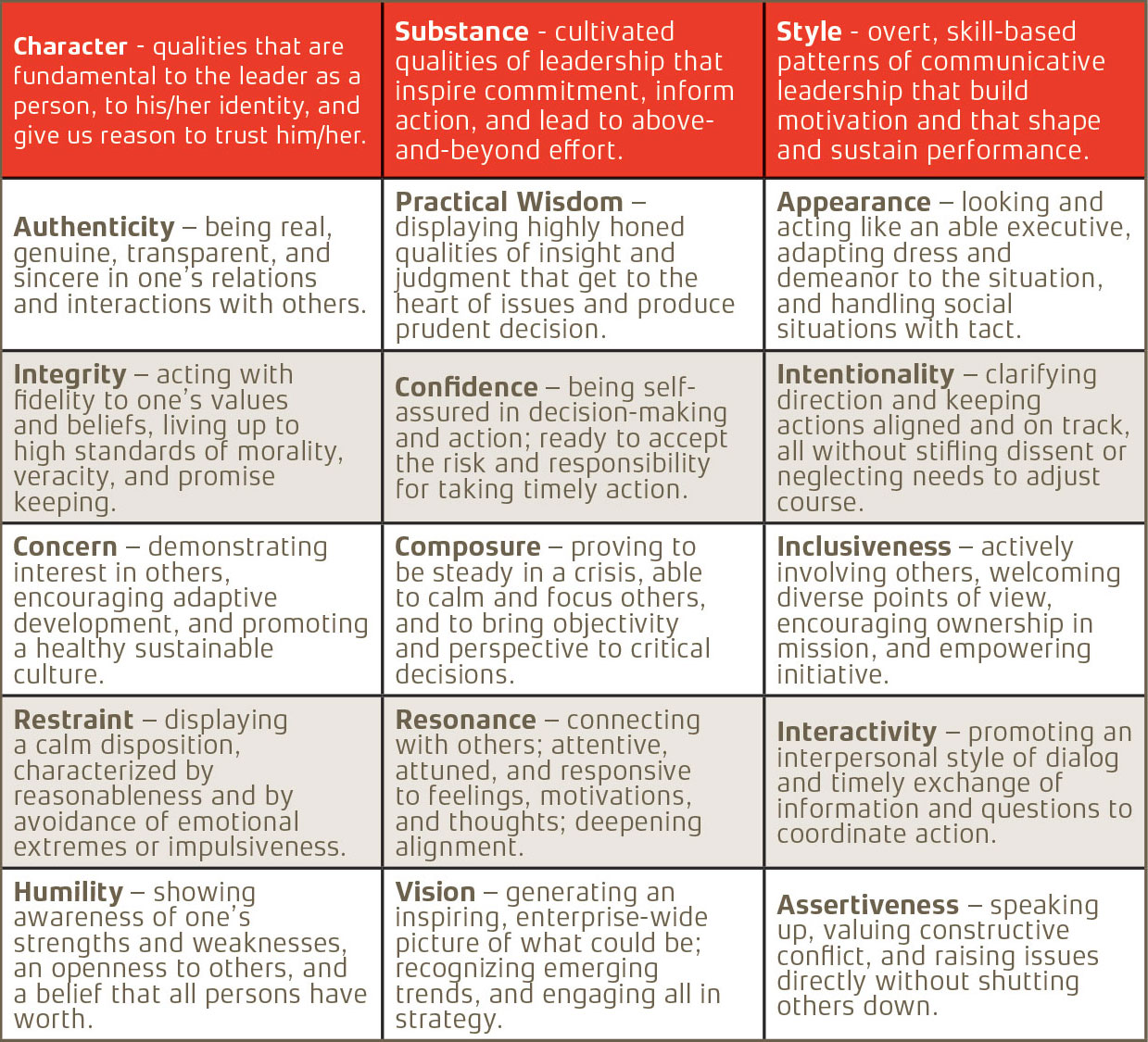
The Bates Model of Executive Presence:
The Science of Influence
By Bates Communications

Executive presence is the “X factor” of successful leaders who assert influence, drive change, and inspire organizational performance. It’s a social-organizational phenomenon that becomes most noticeable when leaders take the bigger stage in a new role or strategic initiative.
However, the definition of EP tends to be subject to diverse perspectives or disregarded as “I know it when I see it.” Organizations often lack a clear framework to help leaders understand how their presence is perceived by key stakeholders and how it impacts strategic goals.
The Bates Model of Executive Presence provides organizations with a research-based framework for measuring and developing EP in leaders. Grounded in extensive research in leadership, communications, psychology, and social action theories and philosophy we’ve clarified EP as a three-dimensional model of character, substance, and style. Within these dimensions are 15 distinct facets that are proven to drive engagement, alignment, and performance.
Bates Three-Dimensional Model of Executive Presence
1) Character includes person-based dispositions in moral development, temperament, and interpersonal relations; Authenticity, Integrity, Concern, Restraint, and Humility.
2) Substance includes cultivated qualities of adult development specific to the role of executive leadership; Practical Wisdom, Vision, Confidence, Composure, and Resonance.
3) Style includes active, iterative qualities that set the tone and sustain alignment, inclusion, and performance over time; Appearance, Intentionality, Interactivity, Inclusiveness, and Assertiveness.
The model has been operationalized in the form of a multi-rater feedback survey (Bates ExPI™) intended for use with a senior executive population in an organizational setting. The ExPI measures self-perceptions of the leader and the perceptions that others have of him/her on all 15 facets.


